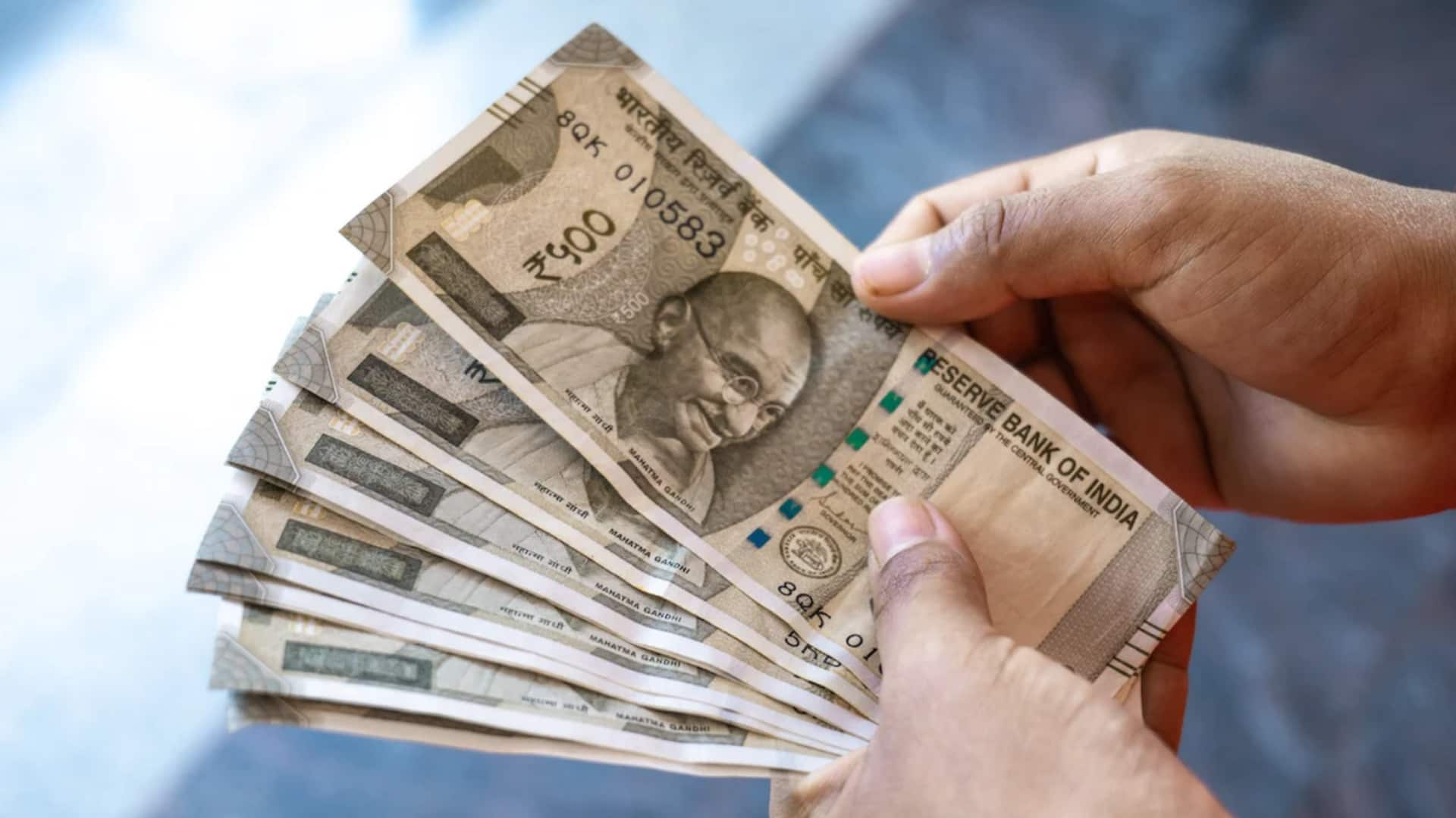
INR rebounds from record low on likely RBI support
What's the story
The Indian rupee (INR) edged up to 87.53 against the dollar on Friday, likely on the back of Reserve Bank of India (RBI) intervention, after a volatile week dominated by unexpected punitive tariffs on shipments to the US. The INR had hit a new record low, closing at 87.59 against the US dollar on Thursday. The decline was largely attributed to portfolio outflows and higher-than-expected baseline tariffs imposed by the US.
Market conditions
Sustained portfolio outflows and higher-than-expected baseline tariffs impact rupee
Traders have pointed out that sustained portfolio outflows and a significantly higher baseline tariff than anticipated have contributed to the rupee's weakness over the last two trading days. During a choppy trading session on Friday, it had strengthened to 87.21 per dollar due to the RBI's dollar sales, but later weakened again due to continuous dollar demand from oil companies and foreign portfolio outflows from Indian equities.
Global influence
Dollar index rises to 100, putting further pressure on rupee
The dollar index has been on a steady rise this week, hitting 100 on Friday. This has further pressured the rupee, which is vulnerable to global forces after US President Donald Trump's tariff announcement. A trader from a public sector bank told The Economic Times that, "The fall has been corroborated with a rise in the dollar index, a fall in Asian currencies and a fall in equities."
Market predictions
Traders expect rupee to remain under pressure on Monday
Looking ahead, traders expect the rupee to remain under pressure on Monday, with the currency likely to trade near record lows. This is mainly due to the RBI's $5 billion dollar-rupee buy-sell swap maturing on August 4. Anil Bhansali, head of treasury at Finrex Treasury Advisors, said, "The range for Monday is 87.25/$1 to 88/$1 with the central bank's $5-billion sold position coming up for maturity on August 4."